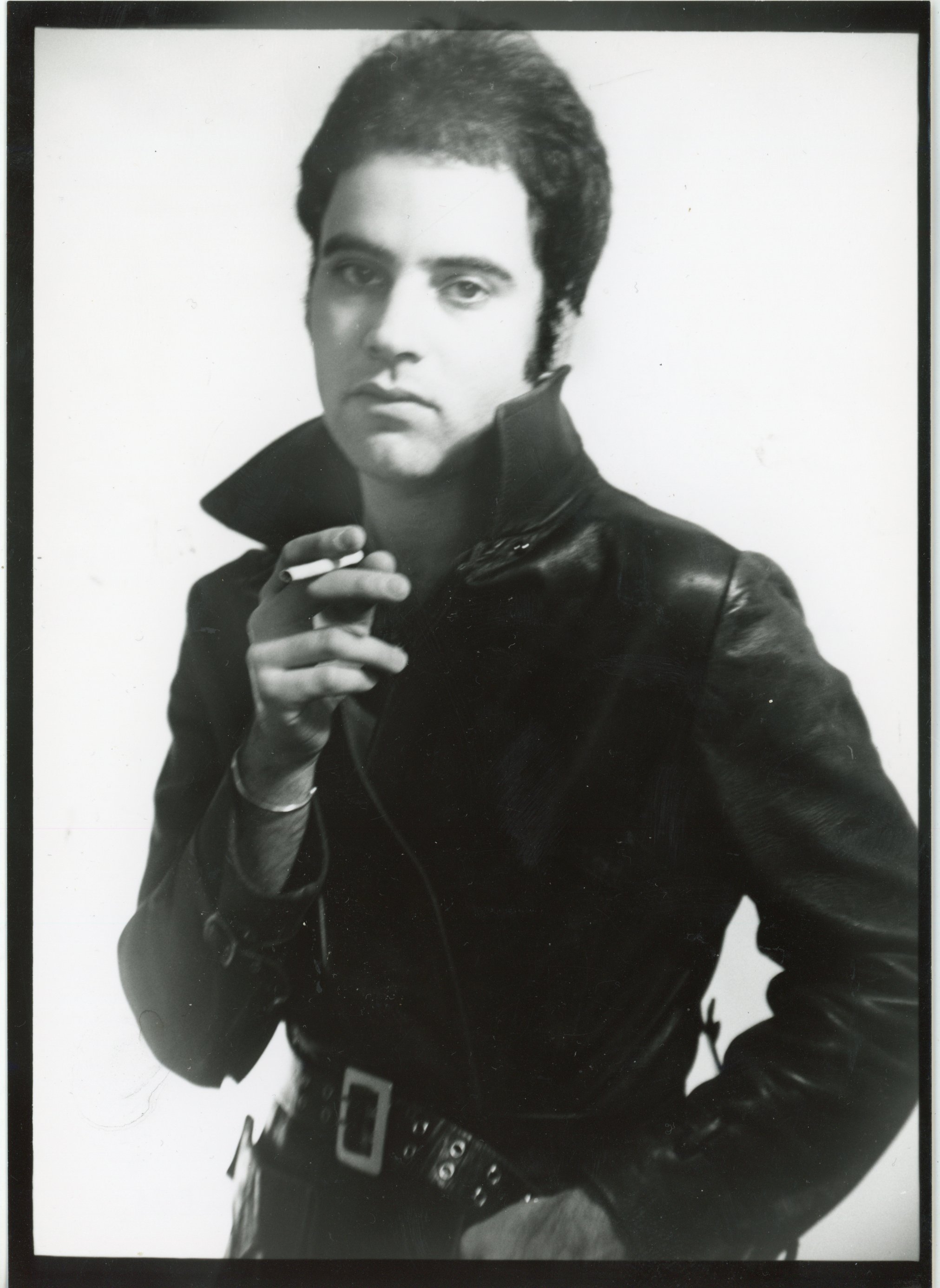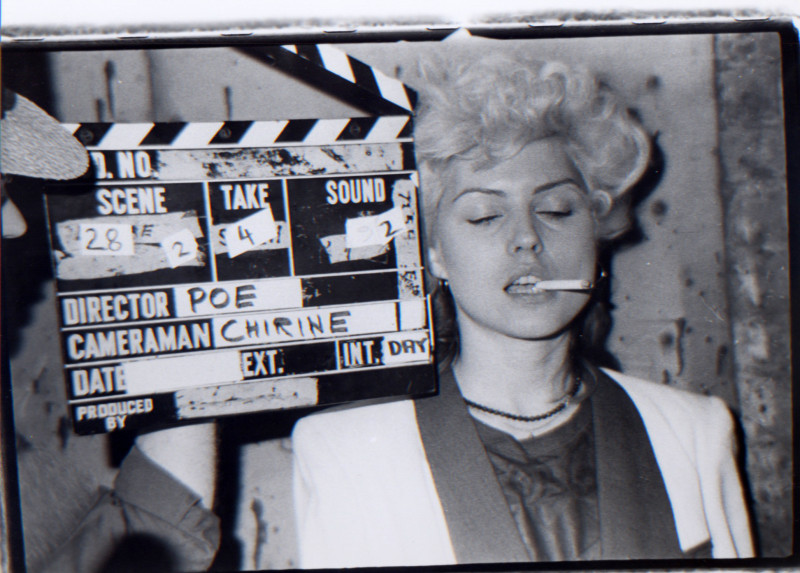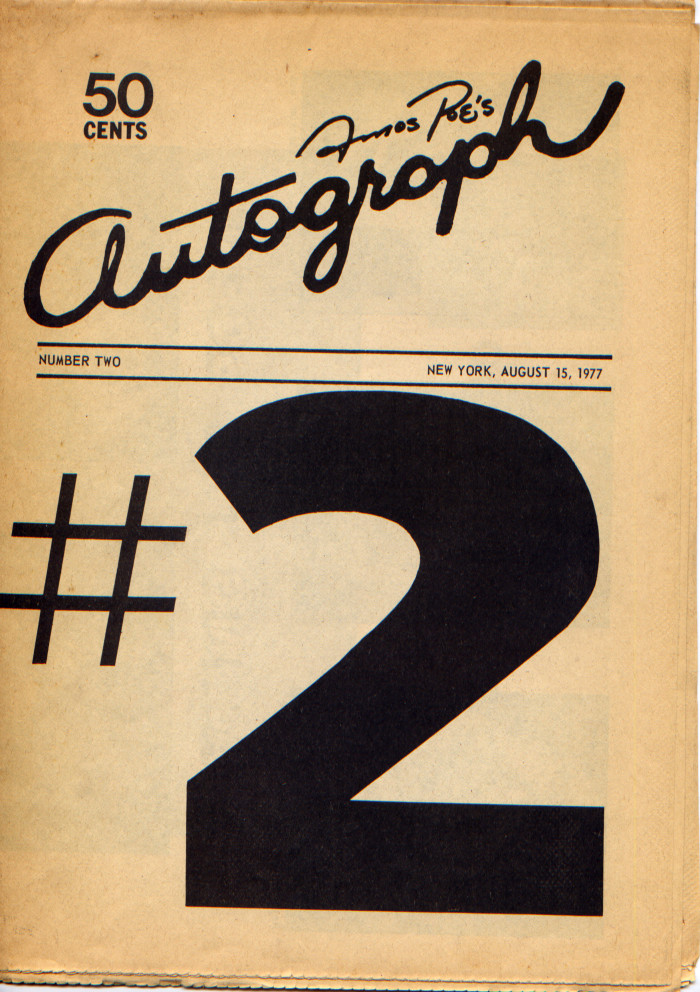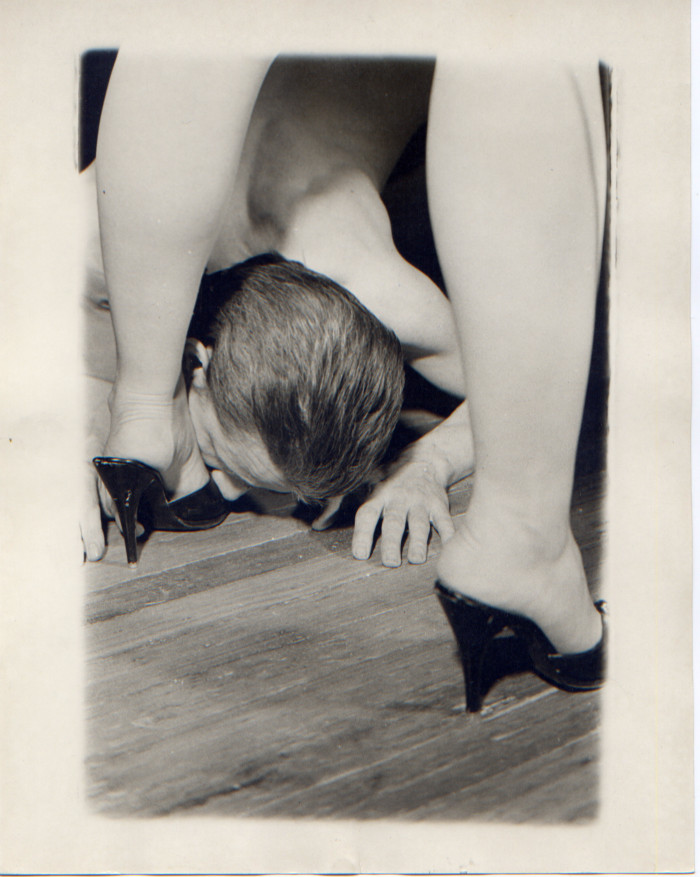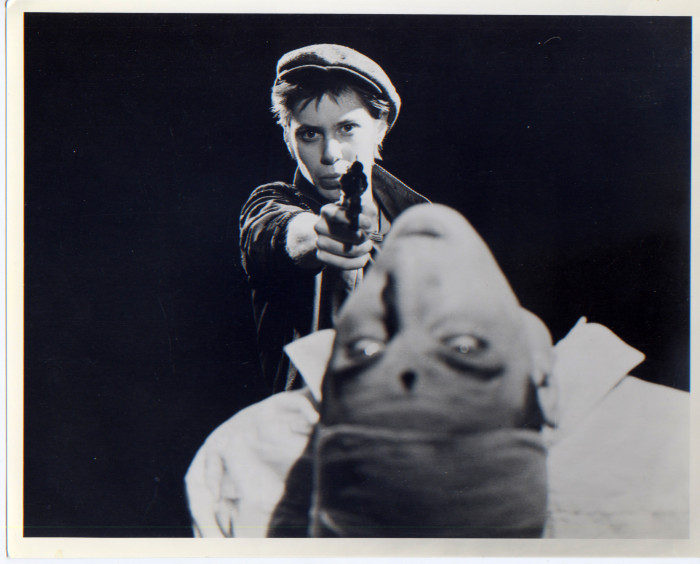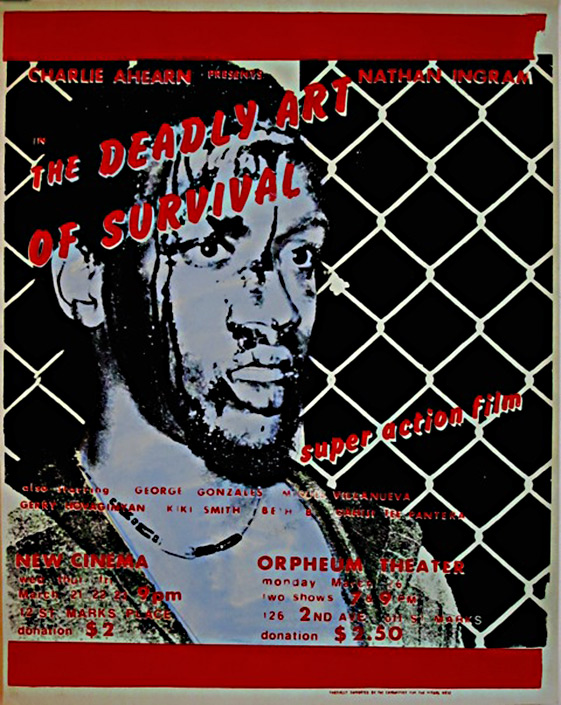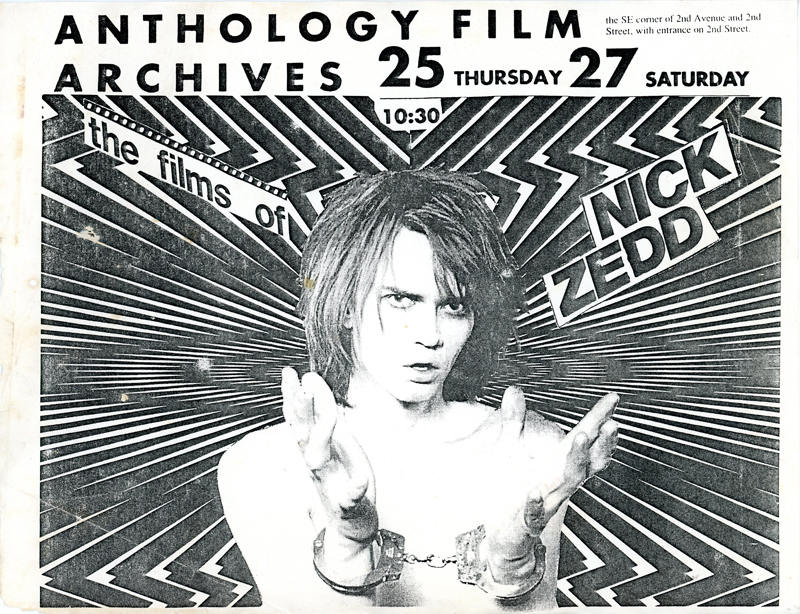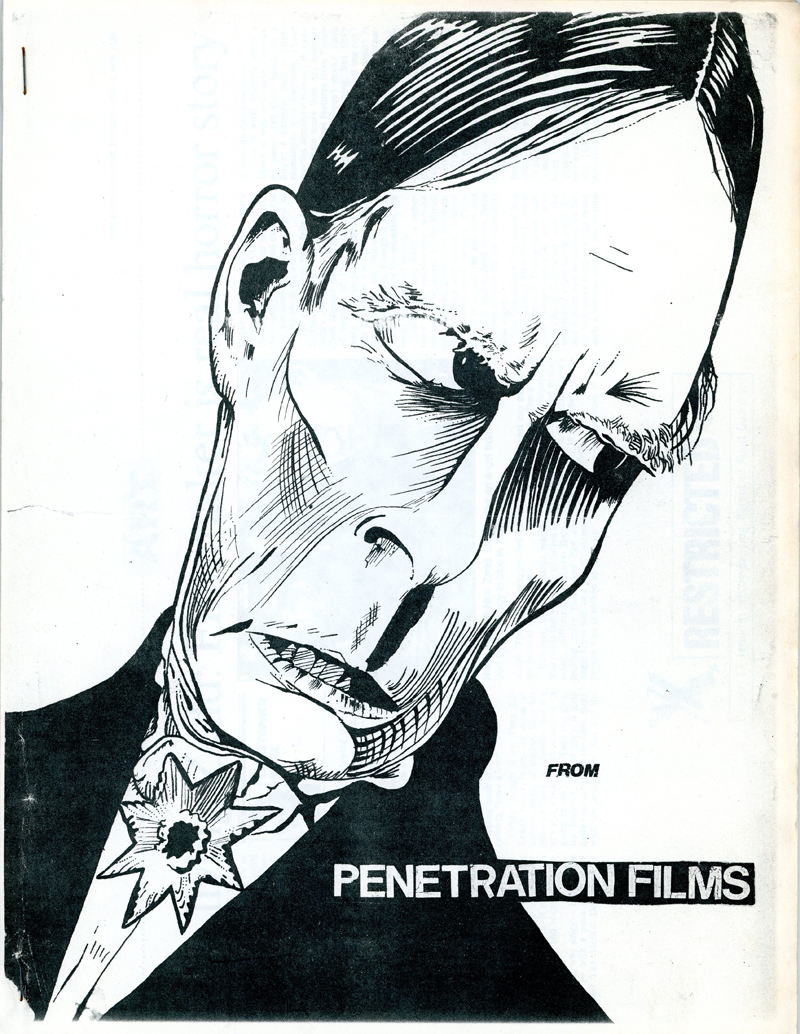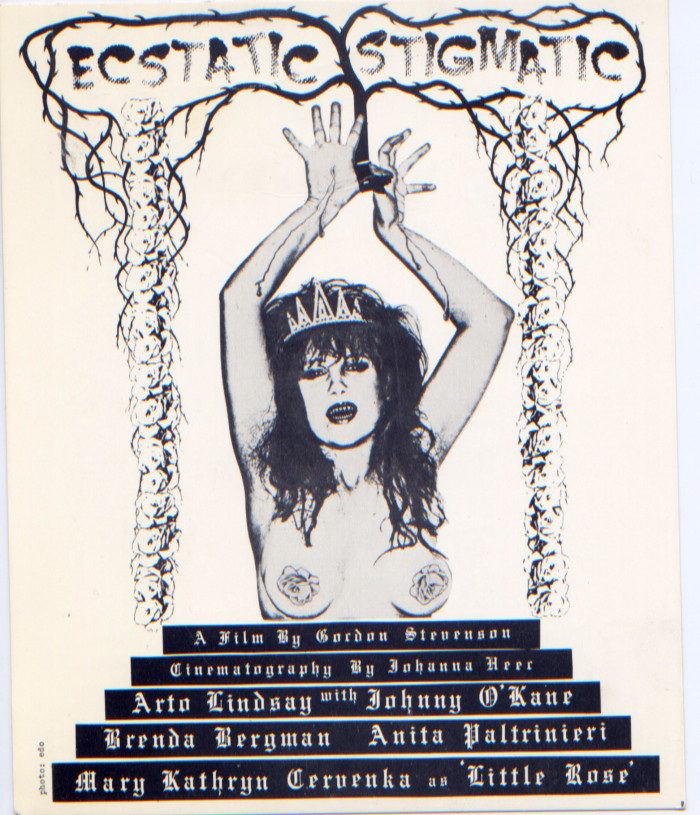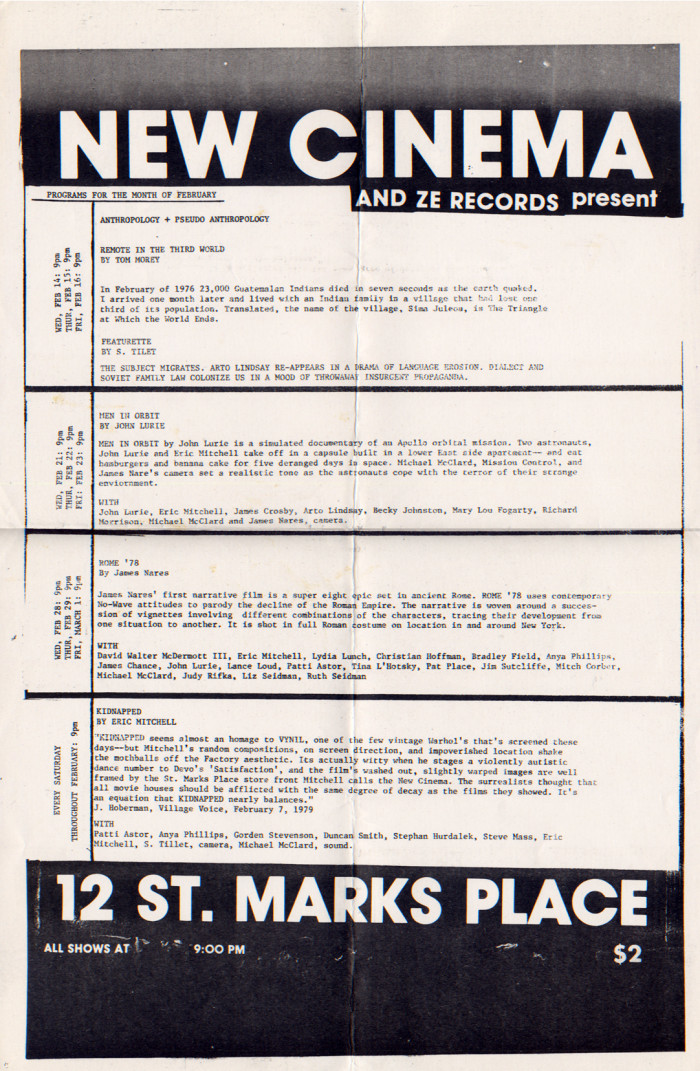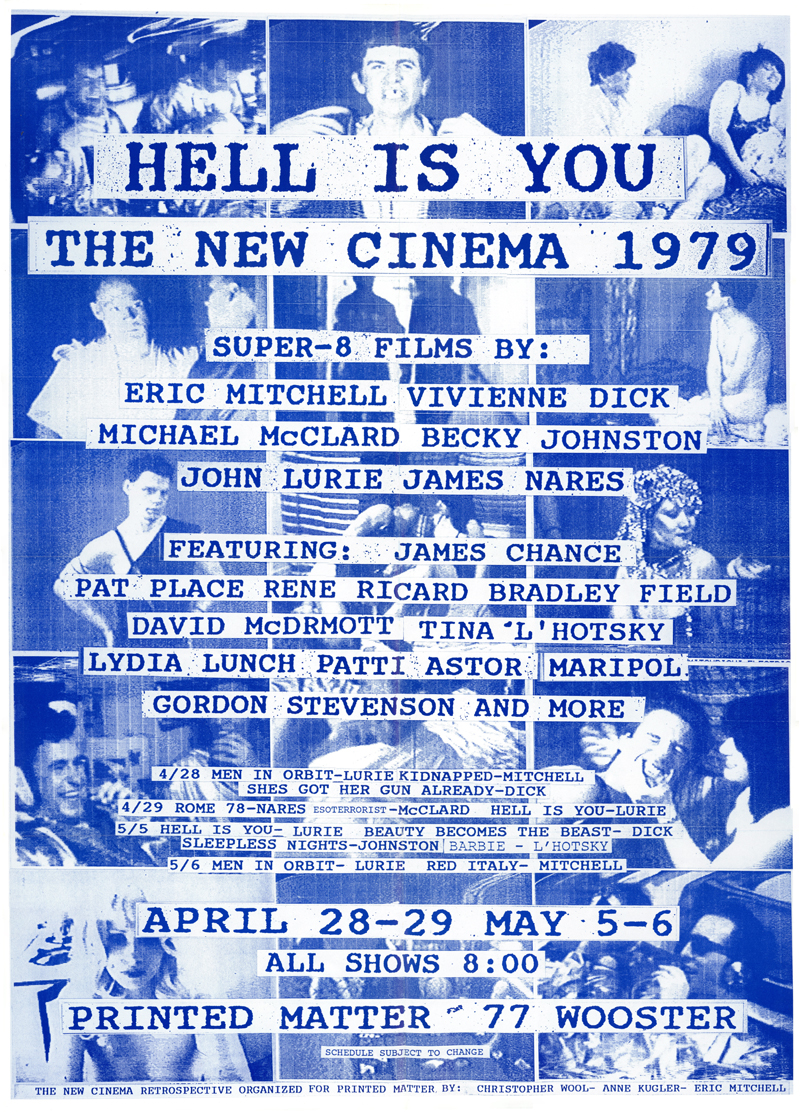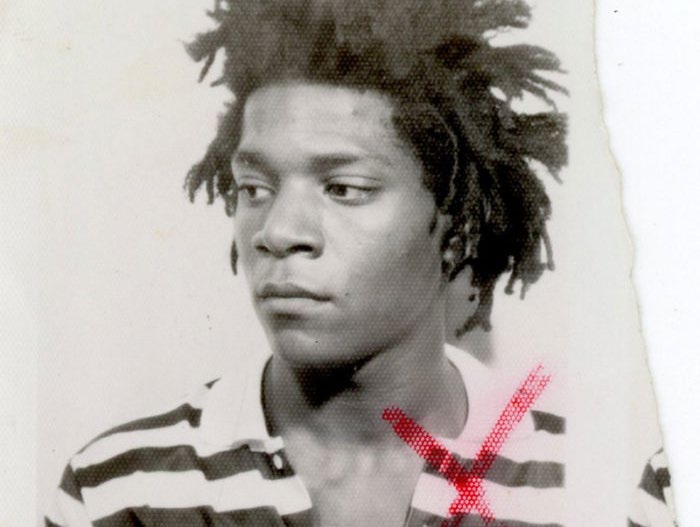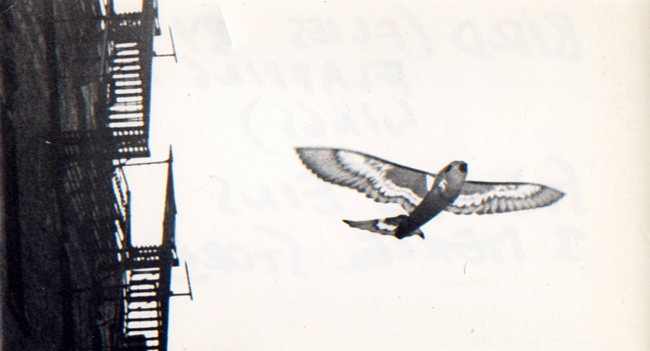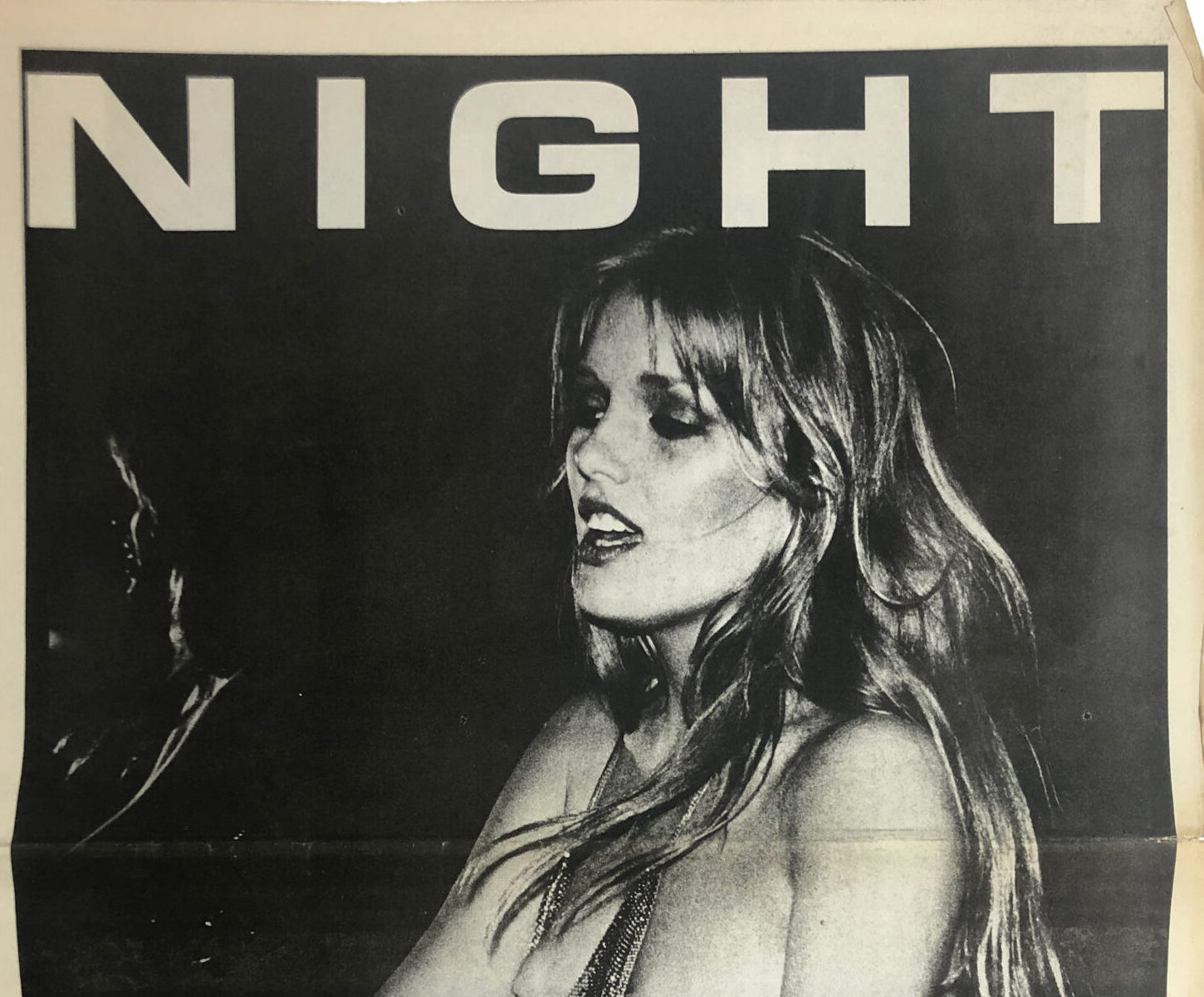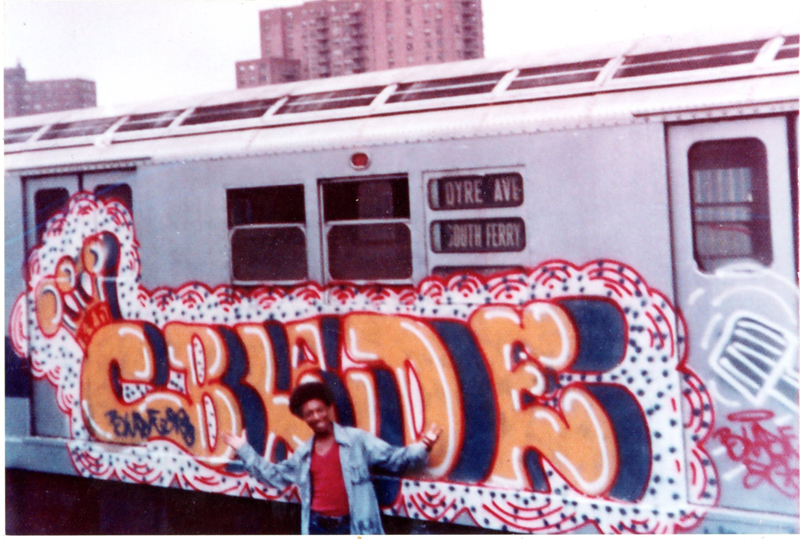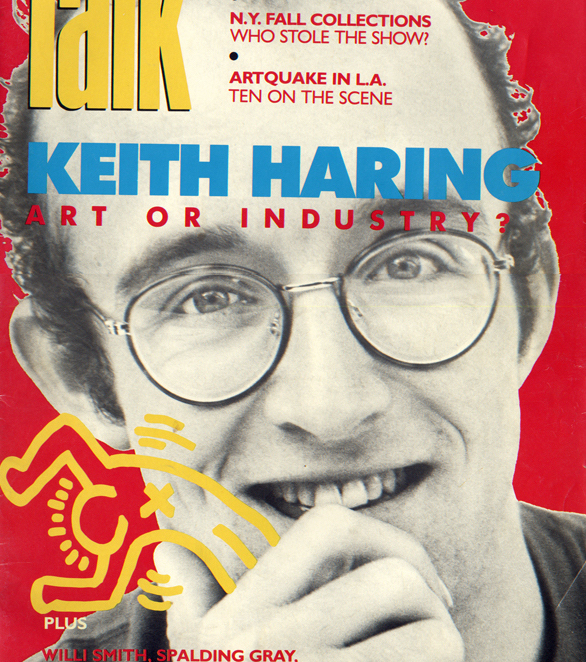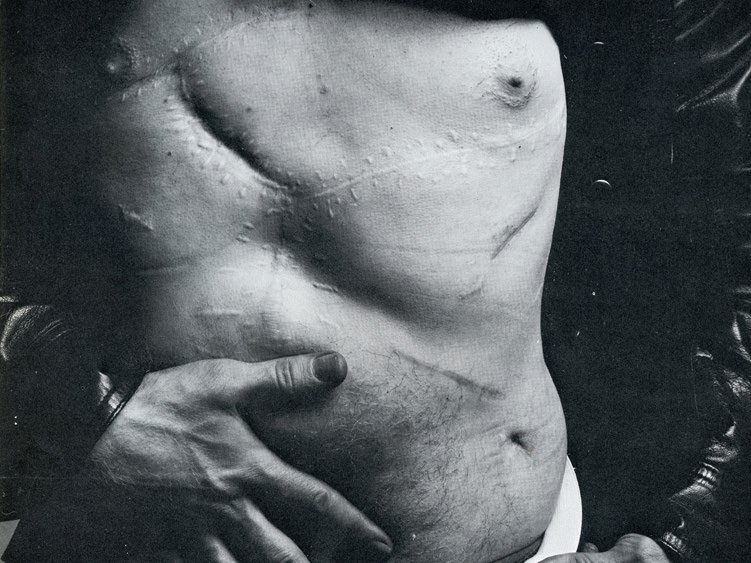No Wave and Independent Film
By Marc H. Miller
The No Wave and Independent films produced in downtown New York in the 1970s and 1980s are an intriguing hybrid art form that intermingles music, fashion, performance and visual art. Made with miniscule budgets and a determined do-it-yourself aesthetic, these films are rarely screened today. Some snippets can be viewed on YouTube, but for the most part the films live on primarily through the posters and photographs that were originally created to publicize the films. This is not an entirely unfortunate development. Because the press photos were intended as advertisement, they effectively capture the essence of the films; and, in most cases, the filmmakers were themselves involved in the making and selection of the still images. These stills stand on their own, not only as vivid reflections of the films but also of the broader 1970s zeitgeist that the films consciously sought to embody.
Amos Poe was the first of the downtown independent filmmakers to attract attention. In The Foreigner (1977), Poe led the way with noire narratives and in connecting the new independent films to downtown bohemia by prominently casting musicians, artists and other nightlife celebrities. No Wave music, a post-punk genre popular in visual art circles, was of particular importance for filmmakers Beth B and Scott B, Gordon Stevenson, and Richard Kern. Many No Wave musicians starred in their films, and the films and music share stylistic similarities such as themes of violence and death, and a commitment to experimentation. The phrase “No Wave Films” was soon popularized. Within the downtown film orbit, Charlie Ahearn’s Wild Style (1983) occupies a special place. The film features many familiar downtown faces but its focus is the hip-hop movement just beginning to emerge in the South Bronx.
Exhibition Highlight: Photographs by Fernando Natalici taken on the set of Amos Poe’s films, Unmade Beds (1976) and The Foreigner (1977); a full publicity kit for Beth B and Scott B ‘s The Offenders (1979) that includes a booklet, a compilation of press clippings, and four publicity stills; three beautifully printed photos for Ecstatic Stigmatic (1980) by the little known Gordon Stevenson, an early loss to AIDS; Charlie Ahearn stills for The Deadly Art of Survival (1979) and an early set of publicity prints for Wild Style (1983); and a poster for the New Cinema (1979), a copy of X Motion Picture Magazine (1978), and materials from MWF Video Club are each evidence of the involvement of the artist group Colab with the Independent film scene. All the photographic prints and ephemera are vintage and date from the years when the films were first made and marketed. Natalici’s photographs are signed, and many other photographs have markings on their reverse often by the filmmakers themselves.
From the Collection
Sold
Sold
Sold
Sold
$150
$150
Sold
Sold
$200
$150
Sold
Sold
Sold
Sold
$150
$100
$200
$100
$150

Mudd Club, Benefit For Long Island Four, A Film By Anders Graftstrom Starring Klaus Nomi, Flyer,1980
Sold
$200
$200
$250
